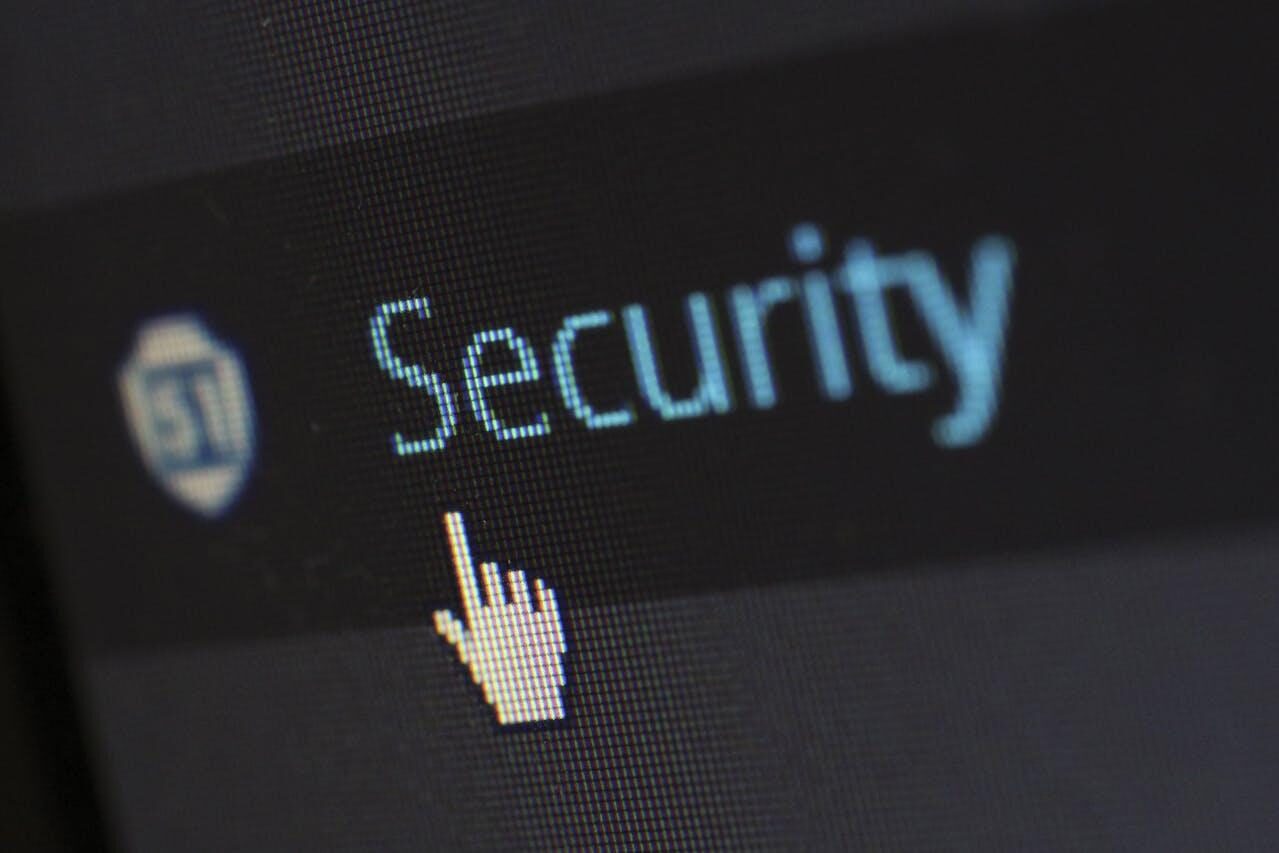Problems often strike when we’re least prepared, and in today’s connected world, our reliance on technology makes us more vulnerable than ever; cyberattacks and glitches prove that planning ahead is no longer optional but essential for resilience, trust, and recovery.
In this blog, we will share why proactive planning is critical, how it strengthens defense in a digital world, and what steps both organizations and individuals can take to stay ready for the unexpected.
The Urgency of Planning in a Digital Age
It’s tempting to think of technology failures as rare or distant. But look around. News reports highlight ransomware shutting down schools. Phishing attacks steal millions from small businesses. Even large corporations with vast resources aren’t immune. These aren’t science fiction scenarios. They’re everyday headlines.
That’s where planning comes in. Reactive strategies—scrambling after something happens—rarely work. By the time teams are trying to piece together what went wrong, the damage has already spread. Data is lost. Customers lose faith. Recovery costs skyrocket.
A stronger approach is proactive. It means preparing in advance with detailed steps and clear communication channels. It means practicing response plans, not just writing them. Organizations that invest in these habits recover faster and with less chaos. They don’t waste precious time figuring out who does what when everything is on fire. Instead, they know the drill.
This is the foundation of cyber crisis management. It isn’t about assuming you’ll never be attacked. It’s about assuming you will and being ready for it. A good plan defines roles, reduces confusion, and creates a structured response that keeps business running even in the middle of a storm.
The lesson is clear: it’s better to prepare when things are calm than to scramble when they’re not. The same principle applies outside of technology too. Think of fire drills. You don’t wait for smoke to figure out which exit to take. You practice so that when panic sets in, you don’t have to think. Planning for digital threats follows the same logic.
What Happens When Planning Is Missing
When organizations don’t plan, the results can be ugly. Communication breaks down. One team blames another. Managers are stuck asking basic questions while attackers are already two steps ahead. Meanwhile, outdated contact lists and fragmented tools make coordination impossible. What should be a smooth response turns into a circus.
Consider how quickly small mistakes multiply. A missed software patch might look minor. But when exploited, it can unlock access to critical systems. From there, attackers move fast, spreading across networks, locking data, and demanding ransom. Without a plan, organizations spend hours just identifying the problem, let alone fixing it. By the time they act, customers are already posting about outages on social media.
The cost of these delays is staggering. Research shows that downtime costs thousands of dollars per minute for large companies. For smaller ones, even a short outage can be fatal. And the damage isn’t only financial. Reputation takes a hit that lingers long after the systems are restored. Customers don’t forget how a business handled its worst day.
Individuals face similar risks. How many people back up their files regularly? How many use two-factor authentication? Too often, it takes a personal crisis—like losing irreplaceable photos to a ransomware infection—to highlight the importance of planning. By then, the lesson is learned the hard way.
Why Proactive Steps Make All the Difference
The good news is that planning isn’t complicated. It starts with awareness and small, consistent actions. For organizations, this means conducting risk assessments. Know where vulnerabilities exist before attackers find them. Regular training keeps employees alert to phishing and social engineering. Updating software on time eliminates obvious entry points.
Response planning goes further. Define who leads when an incident occurs. Decide in advance how communication flows, both inside the organization and to the public. Create checklists so that no critical steps are missed in the rush of the moment. Practice these scenarios with tabletop exercises, just as schools practice fire drills. The more familiar the plan, the less stress when a real event happens.
For individuals, proactive planning means building habits that reduce risk. Back up important data to both local devices and cloud storage. Use strong, unique passwords with a manager tool to keep track of them. Enable security features on all accounts. And stay skeptical of emails or texts that seem slightly off.
These steps don’t eliminate risk, but they shrink it dramatically. More importantly, they give you control when things go wrong. Instead of feeling like a victim of bad luck, you’re prepared to act.
The Broader Meaning of Being Ready
Planning ahead in a connected world isn’t just about protecting files or systems. It’s about protecting trust. Businesses that respond well to crises maintain customer loyalty. Governments that prepare earn citizen confidence. Families that back up and secure their devices avoid losing memories or money.
There’s also a cultural shift happening. People are starting to view digital safety as part of overall wellness. Just as you’d lock your doors at night, you lock your accounts with strong security. Just as you’d keep a first-aid kit, you keep a backup of essential files. These habits reflect a mindset where preparation is normal, not optional.
And this matters because the threats aren’t slowing down. As technology becomes more advanced, so do attackers. Artificial intelligence is already being used to craft convincing phishing campaigns. The Internet of Things creates more devices to protect. Even supply chains can be infiltrated, spreading risks across industries. In such a world, waiting to react is no longer enough.
Proactive planning is the best defense because it acknowledges reality. Breaches and breakdowns will happen. The difference lies in how prepared you are to handle them. Planning doesn’t prevent every crisis, but it transforms chaos into manageable challenges. And in today’s environment, that difference can decide whether a business survives or collapses.
So the next time someone asks why planning ahead matters, the answer is simple: because being caught unprepared is far more expensive. In a connected world, defense starts before the attack. Preparation isn’t just a financial strategy or a tech protocol—it’s peace of mind. It’s the freedom to face the unexpected without losing everything. And that’s a defense worth investing in.

